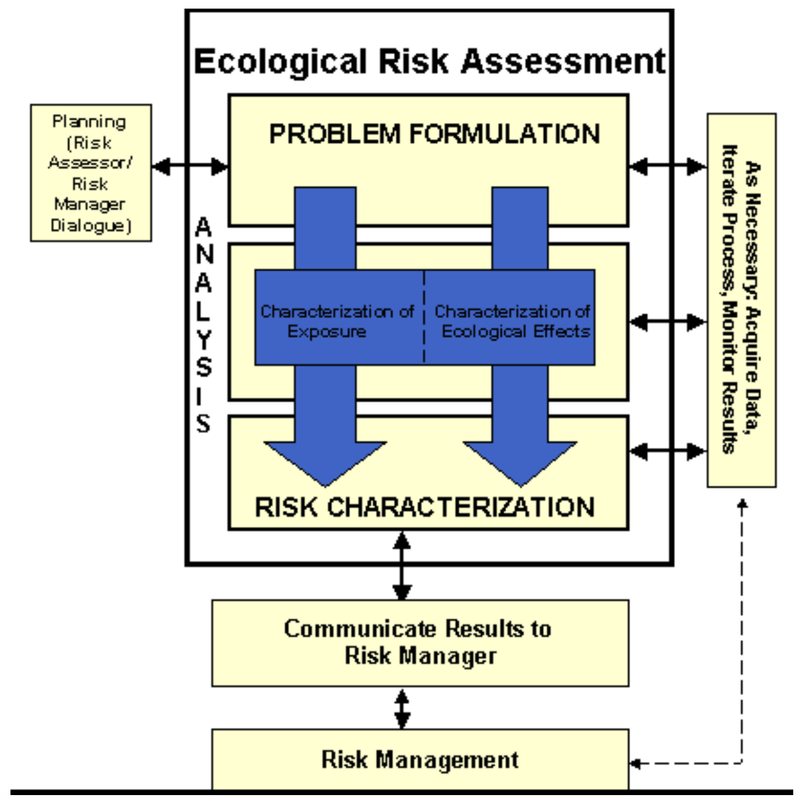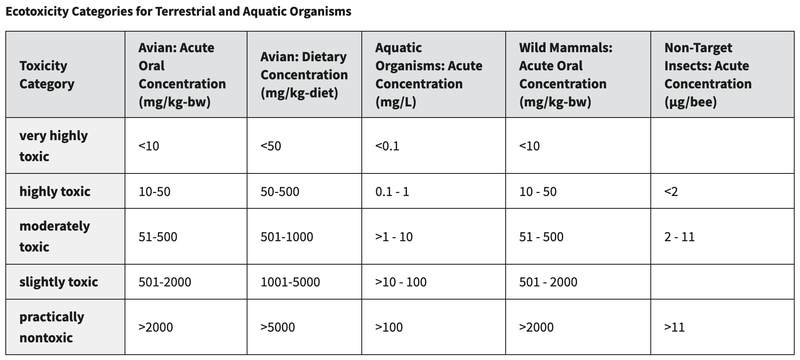Ecotoxicity
- About
- Our solutions for you
- Our services
- Partner contribution
- Regulatory framework
- Request further information
- Order Links
About
The human dependence on industrial chemicals is rising sharply predominantly in the area of agriculture, healthcare, food production, and allied domains. Ecotoxicity describes the exposure of toxins to the environment. Toxins might include substances such as pesticides which are used in agriculture or microplastics and which find their way into the environment such as soil, air and groundwater where they damage organisms and thereby have negative impact on biological systems. Some of the major contributors in the total global production of toxins come from the synthesis of pharmaceuticals, cosmetics, agrochemicals, biocides, chemical reagents, fertilizers, etc. The development of new materials such as nanoforms may also give rise to new concerns to be evaluated across the life cycle.
In the absence of prerequisite eco-toxicological information, the substance in use can pose serious harm to the surrounding flora and fauna. Thus, affecting ecological species available in the surroundings mainly in the aquatic environment either directly or indirectly. These contaminants produce metabolic and/or degraded bi-products responsible for adverse events observed in different species of environment. The potential of organic chemicals to behave as PBT (persistent, bioaccumulative and toxic) like substances after their release can accumulate in the living body or the environment thus producing harmful events on chronic usage. Due to their PBT potential, they exert serious ecological changes to the surrounding biota mainly involving toxicities related to neuro, immune and reproductive changes in the human, wildlife, and other aquatic species present across different trophic levels.
Partner contribution
KREATiS (Level 1)
KREATiS offers QSAR data modeling which can be accessed by iSafeRat. iSafeRat is a user-friendly platform where you can run MechoA scheme models, predict mechanisms of toxic action of substances in various species and design safe chemicals (eco conception).
> Read more
EdelweissConnect
Edelweiss Connect (EwC) - as the provider of this SaferWorldbyDesign platform - offers the expertise and experience to initiate, coordinate and manage large collaborative research projects, with partners from industry, government, and academia. Our goal is to incubate high-impact products, services, and solutions at the forefront of innovation, with sustainability and responsibility.
> Read more
Regulatory framework
Risk assessment of substances with concern for their effect on the environment is essential to develop safe and sustainable products. This is not only beneficial for nature and consumer safety itself but also creates consumer trust and loyalty for such products. For an appropriate environmental risk assessment, it is necessary to perform a set of ecotoxicological tests in the different environmental compartments. The number and type of ecotoxicological assays that must be performed to introduce a substance, mixture, or product into the market will depend on the properties and characteristics of the chemical itself, its persistence, bioaccumulation, toxicity, and ecotoxicity. In addition, the intended use also determines the type and number of tests to be performed. The two predominant regulatory bodies implemented worldwide in ecological risk assessment are (1) United States Environmental Protection Agency (US EPA) of the US and (2) Various Regulations and Directives adopted by the European Union.
(1) US EPA
The United States Environmental Protection Agency (US EPA) provides a technical overview of what points have to be considered during ecological risk assessment. [1] Risk assessment is conducted in three parts: Problem formulation, analysis and risk characterization as visualized in Figure 1:

Figure1: EPA’s Guidelines for Ecotoxicological Risk Assessment, April 1998. [1]
During the problem formulation, available information is collected, based on which endpoints are determined during planning of the experiments. During the analysis phase, experiments are conducted before conclusions are drawn in the final characterization phase.
For the ecotoxicological studies, organisms are exposed to different concentrations of active ingredients or formulations thereof and evaluated in short term and long term stressor-response experiments. The biological effects measured include:
- Mortality
- Reduction in growth
- Reproductive impairment
- Changes in number of species
- Bioaccumulation of residues in non-target organisms
- Disruption of community and ecosystem level functions
Those effects are measured for different types of organisms, including
Aquatic animals: Acute tests, chronic tests, higher tier tests (tests conducted in the field)
Terrestrial animals: Birds, non-target insects, mammals
Plants: Test for terrestrial plants in a tiered strategy, tests for aquatic plants in a tiered strategy
The experimental results are then integrated and summarized in a stressor-response representing the effect of substances onto organism based on the five categories that are represented in Figure 2.

Figure 2: Ecotoxicity categories for terrestrial and aquatic organisms. [1]
At SaferWorldbyDesign we integrate the generated data from the procedures which are described above and evaluate new compounds by feature extraction and ontology characterization in machine learning in silico tools.
Under Ecotoxicity we provide products, services and applications for environmental assessment.